Q
What's the Size of Jaecoo J7's Battery?
Only the Jaecoo J7 Plug-in Hybrid Electric Vehicle (PHEV) is equipped with a battery. Its battery capacity is 18.3 kWh. This lithium iron phosphate (LFP) battery enables the vehicle to achieve an official pure electric range of 106 km, making it particularly suitable for daily urban commuting. With this battery capacity, if your daily commute is within 100 km, you can primarily rely on electric power, reducing gasoline consumption.
The vehicle supports both fast and slow charging. The fast charging time is 0.3 hours, while slow charging takes 8 hours. The battery comes with an 8-year or 160,000 km warranty.
The non-plug-in hybrid version of the Jaecoo J7 is a fuel-powered model and does not feature a battery in the context of electric vehicle battery capacity.
Special Disclaimer: This content is published by users and does not represent the views or position of PCauto.
Related Q&A
Q
What Segment Does Jaecoo J7 Belong to?
The Jaecoo J7 belongs to the C-Segment. Generally speaking, the C-Segment is classified into the mid-size car category. The Jaecoo J7 is 4,500mm long and has a wheelbase of 2,672mm. Such dimensions fall within the common range of mid-size cars. In terms of space performance, it can provide relatively spacious headroom and legroom for passengers, ensuring a comfortable riding experience. Meanwhile, it can also meet certain storage needs, as its trunk has a volume of 500L. In terms of market positioning, it will compete with other mid-size cars from the same C-Segment. It attracts consumers with its features such as configuration and performance. For example, its rich safety features and diverse powertrain options (fuel version and plug-in hybrid version) are all competitive advantages.
Q
What Is the Reslae Value of Jaecoo J7?
As a brand-new SUV model that only entered the Malaysian market in 2023, it is currently difficult to accurately assess the long-term resale value of the Jaecoo J7. Such data typically requires at least 3-5 years of market performance to establish reliable benchmarks. However, several key factors influencing its depreciation rate can be considered.
First is brand recognition—as a premium sub-brand of Chery, Jaecoo’s acceptance in Malaysia still needs time to be proven. Second is market supply; if official import quotas are kept relatively limited (similar to some European brands' strategies), it may benefit resale value. Additionally, warranty coverage (the Malaysian version offers a 5-year/150,000 km warranty) and the development of localized service networks are crucial.
For reference, you could compare the used market performance of similar Chinese-brand SUVs in Malaysia, such as the Proton X90 or Chery Tiggo 8 Pro (currently retaining about 50-60% residual value after 3 years). However, note that the J7 is positioned as a more premium model, which may lead to different results. The best approach is to monitor resale cases among early adopters or consult authorized dealers on whether they offer buy-back guarantee programs.
Q
What's the Engine Displacement of Jaecoo J7?
The fuel-powered Jaecoo J7 2WD and Jaecoo J7 AWD have a displacement of 1598 cc. Both of the two models adopt a turbocharged intake system, providing strong power output to meet the needs of daily driving and some special road conditions. The Jaecoo J7 PHEV, as the plug-in hybrid version, has a displacement of 1498 cc. It combines the advantages of a gasoline engine and an electric motor, ensuring both power and good fuel economy. The displacement of a vehicle affects its performance such as power and fuel consumption to a certain extent. Consumers can choose the appropriate version according to their own requirements for power and energy consumption.
Q
What Engine Is Equipped by Jaecoo J7?
Various versions of Jaecoo J7 are equipped with different engines . The gasoline-powered version is equipped with a 1.6-liter four-cylinder turbocharged petrol engine, featuring a turbo intake system, an inline (L) cylinder arrangement, and four cylinders. It delivers a maximum power of 145 kW at 5,500 rpm and a peak torque of 290 N·m between 2,000 and 4,000 rpm, paired with a seven-speed dual-clutch transmission (DCT). Buyers can choose between front-wheel drive (FWD) and all-wheel drive (AWD) configurations.
The plug-in hybrid variant, the 2025 Jaecoo J7 PHEV 2WD, combines a 1.5T turbocharged engine with an electric motor. The engine produces 105 kW of maximum power and 215 N·m of torque, while the electric motor contributes 150 kW and 310 N·m. The combined system output reaches 255 kW and 525 N·m. It uses a lithium iron phosphate (LFP) battery, offering a pure electric range of 106 km. These diverse powertrain options cater to a wide range of consumer needs.
Q
What Gearbox Type Is Equipped by Jaecoo J7?
The gearbox types of different versions of the Jaecoo J7 vary. The 2024 Jaecoo J7 2WD and 2024 Jaecoo J7 AWD models are equipped with a DCT (7-speed dual-clutch transmission), which offers fast gear shifts and high transmission efficiency, delivering strong power transfer performance. This allows for smooth gear transitions during driving, enhancing the overall driving experience.
On the other hand, the 2025 Jaecoo J7 PHEV 2WD features an AT (automatic transmission), which is user-friendly and automatically adjusts gears based on driving conditions. This makes it particularly suitable for urban traffic congestion, ensuring a more relaxed driving process. The different transmission types cater to varying consumer preferences for driving dynamics and convenience.
Q
What Is the Pitch Circle Diameter of Jaecoo J7?
The Jaecoo J7 features a PCD (Pitch Circle Diameter) measurement of 5x114.3, a common specification shared by many SUVs and sedans in the Malaysian market, including popular models like the Honda CR-V and Toyota RAV4. This means owners will have a wide selection of wheel options for future replacements or upgrades.
It's important to note that when changing wheels, in addition to PCD, other factors such as center bore (CB) size, offset, and wheel width must also be matched. For safety, it's recommended to consult a professional tire shop or refer to the J7's original technical manual before making modifications.
For those seeking style changes, wheel spacers or adapters can be considered, but they must comply with JPJ's modification regulations in Malaysia to ensure road safety and avoid inspection issues.
Q
Is Jaecoo J7 Equipped with Apple Carplay?
Currently, the Jaecoo J7 comes equipped with wireless Apple CarPlay and wireless Android Auto, which are highly practical features for Malaysian users. The wireless connectivity eliminates cable clutter, making it more convenient for daily driving. The vehicle features a 14.8-inch central touchscreen that delivers clear and smooth display performance when using Apple CarPlay, while supporting functions such as navigation, music, calls, and voice assistants.
Additionally, this infotainment system supports localized applications like Waze and Spotify, allowing Malaysian owners to easily use their preferred apps. It's worth noting that future system updates or model revisions may bring functional adjustments, so it's advisable to confirm the latest specifications with the dealer before purchasing or test-drive the vehicle to experience CarPlay's actual performance firsthand.
Q
What Is the Brand of Jaecoo J7's Tire?
The original - equipped tire of the Jaecoo J7 in the Malaysian market is Michelin. The specific tire models may vary depending on different versions. Commonly, high - performance tires like the Michelin Primacy 4 are used. These tires strike a good balance between comfort and durability, highly suitable for Malaysia's diverse road conditions. Whether on city streets or highways, they can provide stable grip and low - noise performance.
Michelin tires have a good reputation in the local market, as they not only have high wear resistance but also perform excellently on wet roads, which is very helpful for driving in the frequent rainy days in Malaysia. If car owners need to replace tires, they can also consider other high - performance brands such as Continental or Bridgestone. However, it is recommended to maintain similar specifications to ensure that the vehicle's dynamic performance remains unaffected. Also, regularly check the tire pressure and wear conditions to extend the tire's service life.
Q
Is Jaecoo J7 a Good Car? Learn the Pros and Cons Here
The Jaecoo J7 has its own advantages and disadvantages. In terms of advantages, it features a unique exterior design. The straight waterfall-style front grille is paired with sharp LED headlights. The side lines of the body are smooth, and design elements such as the floating roof give it a strong sense of fashion and sportiness. The interior exudes a sense of technological luxury. The 14.8-inch central control screen and the 10.25-inch instrument panel enhance the in-car style. The ambient lighting offers multiple color options. The seats are made of high-quality brown leather and come with electric adjustment, ventilation, and heating functions, ensuring good comfort. It is also equipped with rich safety features. Multiple airbags, adaptive cruise control, lane-keeping, and other driving assistance functions are standard. The power performance of some models is quite good. For example, the J7 PHEV system has a relatively high combined power, and its pure-electric range can reach 106 kilometers.
However, it also has its drawbacks. Some consumers have reported that the trunk space is relatively small, which makes it inconvenient for family outings or long-distance trips when it comes to carrying luggage. Others feel that the engine seems a bit rough at low speeds, and the gearbox hesitates under certain working conditions.
All in all, it can meet the needs of many consumers, but it is recommended that you comprehensively consider your own needs and preferences when purchasing a car.
Q
What Is the Width of Jaecoo J7?
The width of all versions of the Jaecoo J7 is 1865mm. This vehicle belongs to the C-segment market. Such a body width provides relatively ample lateral space inside the car, offering a more comfortable riding experience for both the driver and passengers. Especially for rear - seat passengers, the shoulder space is more spacious, reducing the sense of crowding. Meanwhile, the reasonable body width not only ensures sufficient interior space but also takes into account the vehicle's flexibility on the road. In daily driving and parking scenarios, it won't cause too much inconvenience due to the vehicle being overly wide.
Latest Q&A
Q
What is the Second Hand Price of Honda Accord? Check Used Price Here
In Malaysia, the price of used Honda Accords is significantly influenced by factors such as the year of manufacture, vehicle condition, mileage, and configuration. The used prices of models from 2015 to 2018 typically range between RM70,000 and RM120,000, while the newer models from 2019 to 2021 may cost between RM120,000 and RM180,000. The specific price needs to be evaluated based on the actual vehicle inspection and the market situation. It is recommended to check the real - time quotes through local used - car platforms like Carlist or Mudah before making a purchase and have the vehicle inspected at a professional dealership to ensure it's in good condition.
As a mid - size sedan, the Honda Accord enjoys a high reputation in the Malaysian market for its reliability and comfort. Its used - car resale value remains relatively stable. However, it's necessary to note that the regular maintenance records and accident history can affect the price. Meanwhile, it is advisable to compare with models in the same class, such as the Toyota Camry or Mazda 6, and make a choice according to your budget and needs.
Q
What is the Tyre Pressure of Honda Accord?
The tire pressure of the Honda Accord is generally recommended to be between 32 and 35 psi (pounds per square inch). The specific value may vary slightly depending on the model year, tire type, and load. Owners can find the official recommended value on the label on the driver's side door frame or in the user manual.
In the hot climate of Malaysia, tire pressure may fluctuate due to temperature. Therefore, it is recommended to check the tire pressure at least once a month, preferably when the tires are cold to ensure accuracy. Maintaining the correct tire pressure not only improves fuel economy but also ensures driving safety and extends tire life.
It's worth noting that over - inflated tires can cause excessive wear in the center of the tire and reduce traction, while under - inflated tires can increase fuel consumption and the risk of a blowout. If you frequently drive long distances or carry heavy loads, you can appropriately adjust the tire pressure to the upper limit of the recommended range.
For models using run - flat tires, the tire pressure requirements may be higher. It is recommended to strictly follow the manufacturer's specifications. If you are unsure how to proceed, you can go to a Honda authorized service center or a professional tire shop for assistance. They can also provide free tire pressure testing services.
Q
What is the Weel Size of Honda Accord?
The tire specifications vary among different models of the Honda Accord. For the 2023 Honda Accord 1.5 TC, the front tire size is 225/50R17, and the rear tire size is also 225/50R17. For the 2023 Honda Accord 1.5TC - P, the front tire size is 235/45R18, and the rear tire size is the same, 235/45R18.
In the 2020 Honda Accord 1.5TC, both the front and rear tires have a specification of 225/50 R17. The 2020 Honda Accord 1.5TC Premium comes with front and rear tires of 235/45 R18.
As for the 2018 Honda Accord, the 2.0 VTi - L has front and rear tires sized 225/50 R17, while the 2018 Honda Accord 2.4 VTi - L Advance has front and rear tires sized 235/45 R18.
The rim size information is marked on both sides of the tire. Different tire specifications are designed to fit corresponding rims. These specifications offer various performance features such as handling, comfort, and stability for the vehicle. When replacing tires, it's necessary to choose ones that match the original specifications of the vehicle.
Q
What is the Fuel Consumption of Honda Accord?
The fuel consumption performance of the Honda Accord depends on the specific model and powertrain configuration. Take the common 1.5 - liter turbocharged engine version in the Malaysian market as an example. Its combined fuel consumption is approximately 6.5 to 7.2 liters per 100 kilometers. The hybrid version is even more fuel - efficient, with a combined fuel consumption as low as 4.5 to 5.5 liters per 100 kilometers. The actual fuel consumption is affected by driving habits, road conditions, and the vehicle's maintenance status.
As a mid - size sedan, the Accord strikes a good balance between fuel economy and power performance, making it suitable for both urban commuting and long - distance driving in Malaysia. In Malaysia's hot and rainy climate, it is recommended that car owners regularly maintain the engine and air - conditioning system to ensure optimal fuel efficiency. Using engine oil and fuel additives recommended by the manufacturer can also help maintain engine performance.
In addition, driving techniques such as planning routes reasonably and avoiding sudden acceleration and braking can further reduce fuel consumption. Hybrid models can significantly save fuel in congested urban areas because their electric systems can drive the vehicle independently at low speeds.
Q
Is Honda Accord Worth Buying? Check out Its Features Here
The Honda Accord is a model worth considering for purchase. It has many highlights. In terms of performance, some models are equipped with turbocharged engines. For example, the 1.5T engine can reach a maximum horsepower of 201PS, providing good power output to meet the needs of daily driving and occasional overtaking. In terms of space, as a D-class car, it has a wheelbase of 2,830mm, offering a spacious interior. Both front and rear passengers can enjoy a relatively comfortable riding experience. The 570L trunk volume can also meet the daily loading or travel loading needs.
It also comes with relatively rich safety features. Standard equipment includes ABS anti - lock brakes, vehicle stability control, multiple airbags, and ISO FIX child seat interfaces, providing comprehensive safety protection for passengers. Moreover, there are quite a few comfort features in the car, such as dual - zone automatic air conditioning and electric seat adjustment. In terms of price, different versions range from RM 148,512 to RM 197,400. Considering its configuration and performance, it offers a certain level of cost - effectiveness overall.
View MoreRelated News
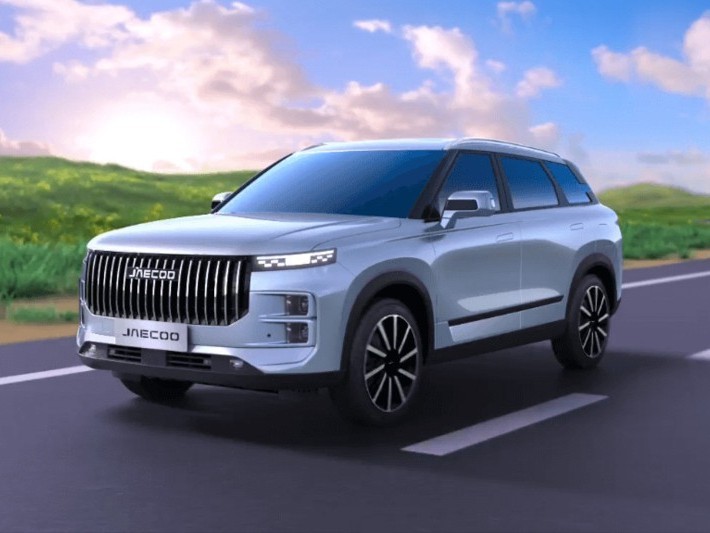
Jaecoo J7 Review: A Great-Value SUV That Delivers More Than Expected
AshleyJul 10, 2025
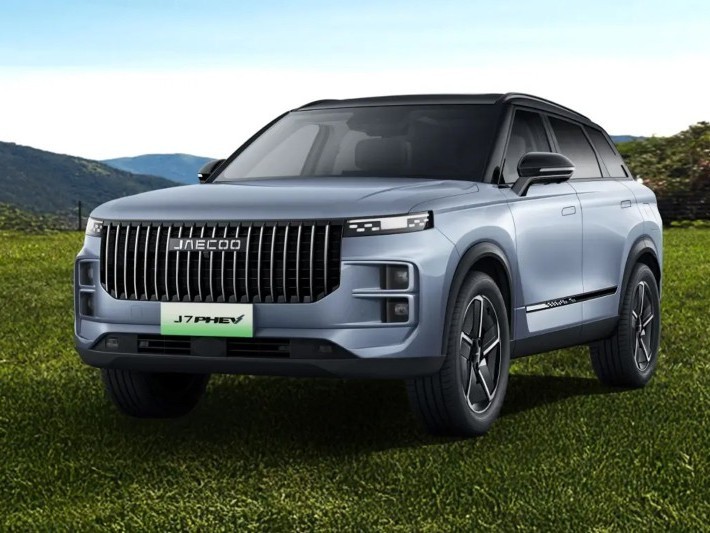
Jaecoo J7 Interior Design Unveiled: A Cabin Full of Luxury and Tech Vibes
LienJul 1, 2025
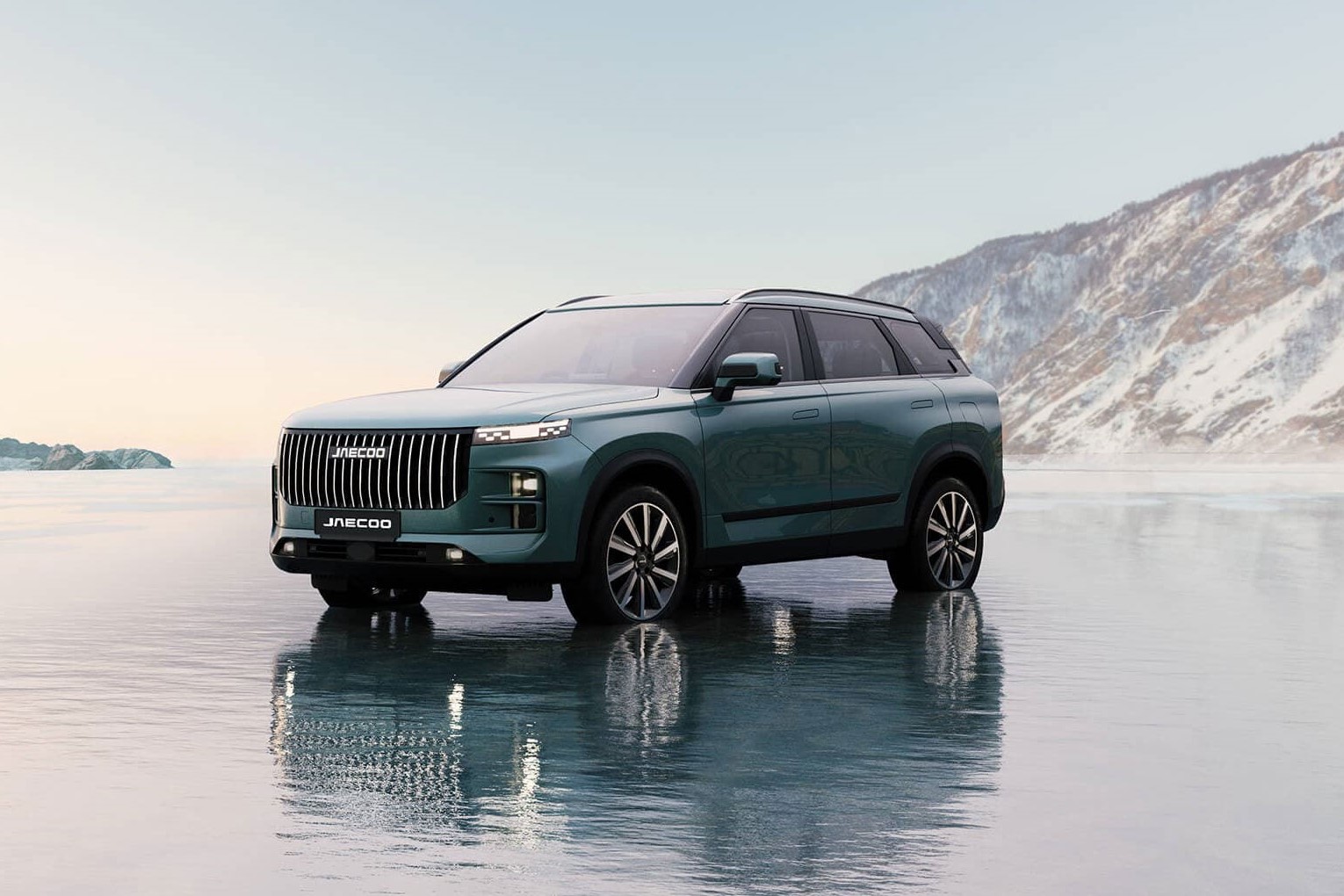
Jaecoo J7 Buyer's Guide: Models, Price & Best Pick for You!
RobertJun 10, 2025
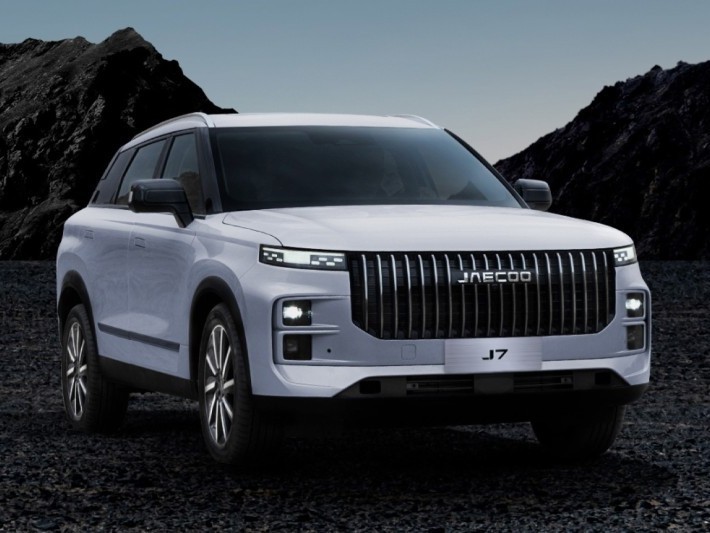
How Much Thought Went Into It? A Deep Dive Into Jaecoo J7's Design Details
MichaelApr 11, 2025
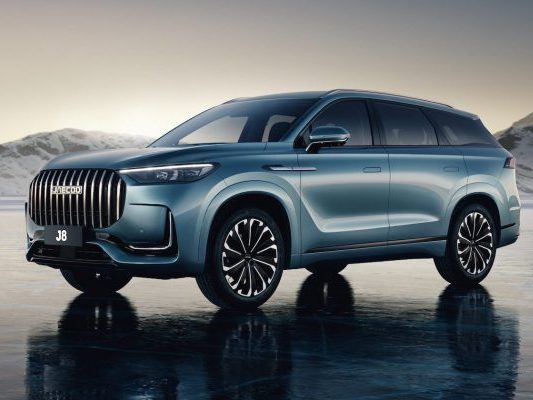
Jaecoo J8 Unveiled: Will It Continue the Glory of Jaecoo J7?
LienMar 28, 2025
View More












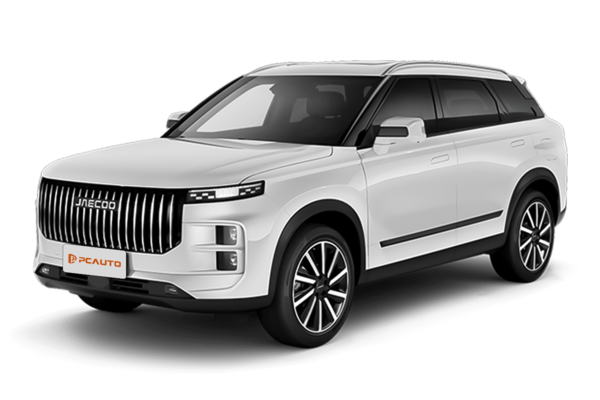
 Cars
Cars




Pros
Cons